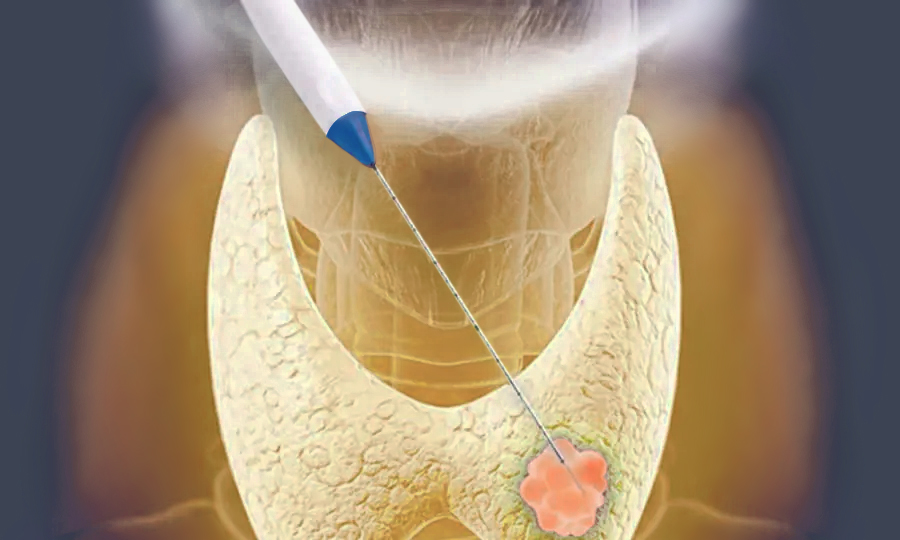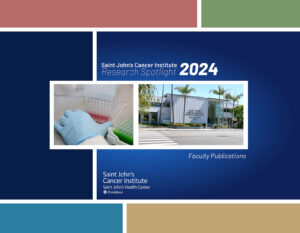Thyroid Radiofrequency Ablation (RFA) for Benign Thyroid Nodules
Thyroid nodules, even when benign (non-cancerous), can grow visibly large and cause swallowing or breathing difficulties, persistent cough, and hoarseness. Radiofrequency Ablation (RFA) and Microwave Ablation (WMA) are a non-surgical treatment option that can reduce the size of thyroid nodules and restore thyroid function. RFA and MWA are minimally-invasive technique performed by an endocrine surgeon guided by ultrasound imaging. The physician delivers targeted radio waves that disrupts the nodule’s cells, causing them to shrink as the body absorbs the ablated tissue.

If you have questions regarding RFA treatments for benign thyroid nodules, please call today. Request an appointment
Melanie Goldfarb, M.D., M.Sc., FACS, FACE
Director, Center for Endocrine Tumors and Disorders
Medical Director for Cancer Survivorship
Dr. Melanie Goldfarb is a fellowship-trained endocrine surgeon and Director of the Center for Endocrine Tumors and Disorders. Her expertise is minimally invasive surgery for thyroid cancer and disorders, hyperparathyroidism, and adrenal tumors, including pheochromocytoma, Cushings, Conns, and adrenal cancer.






